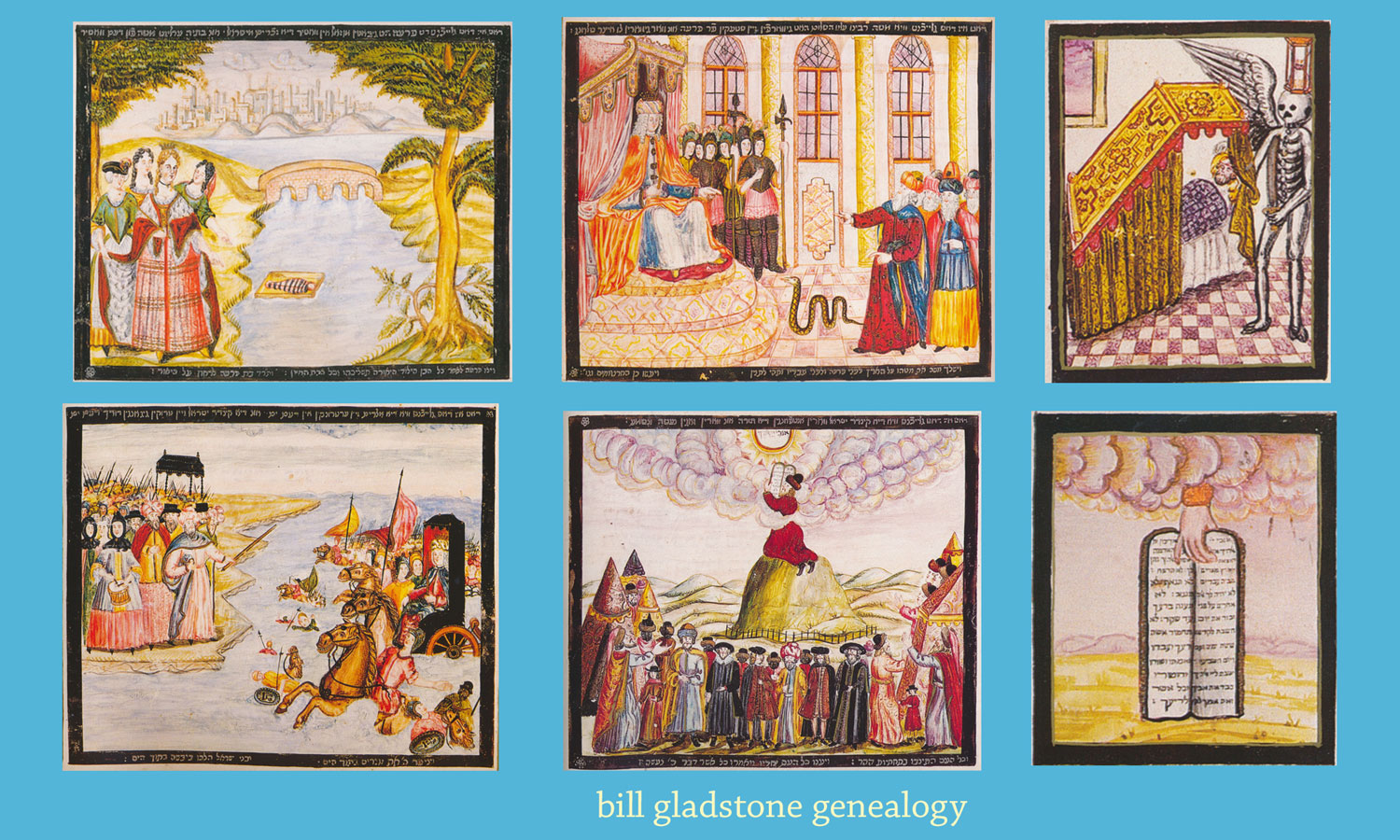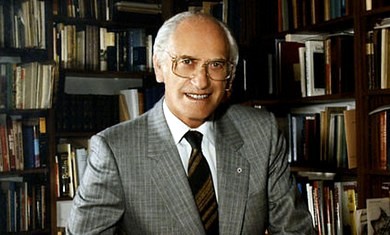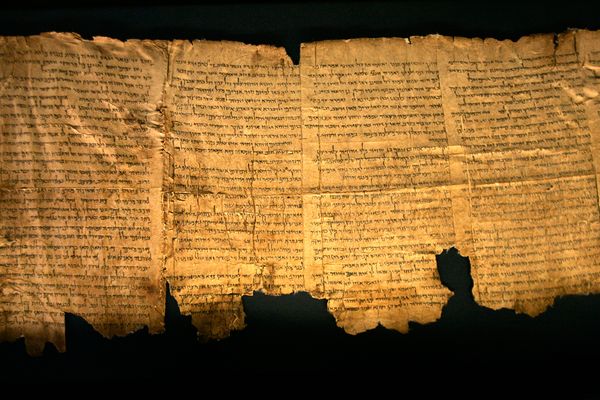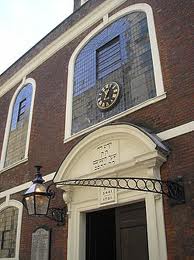 London’s Bevis Marks Synagogue, which marks its 300th anniversary this week, was one of only a few buildings in its east-end neighbourhood to emerge unscathed from the Nazi bombing blitz of World War Two.
London’s Bevis Marks Synagogue, which marks its 300th anniversary this week, was one of only a few buildings in its east-end neighbourhood to emerge unscathed from the Nazi bombing blitz of World War Two.
Twice rattled by IRA bombs intended for nearby targets, the elegant brown-brick building still stands proudly in its tiny protective courtyard. The architectural elegance of this synagogue, the oldest in Great Britain, reflects the glory that its Sephardic congregants felt at living in a country where they were able to pray freely as Jews.
Inside the shul, the rows of wooden pews, multi-tiered brass candelabras and elaborate Torah ark are remarkably well-preserved. Near the front, a special chair is still roped off in honour of Sir Moses Montefiore (1784-1885), the synagogue’s most accomplished and celebrated congregant.
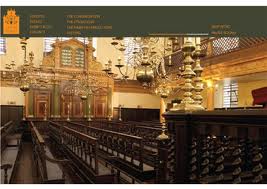 Two other famous congregants were Isaac D’Israeli (1766-1848), author of numerous volumes of literary history and anecdotes, and his son, Benjamin Disraeli, who was circumcised here in 1804 and later became the British prime minister. (By then, however, the family had converted to Christianity.)
Two other famous congregants were Isaac D’Israeli (1766-1848), author of numerous volumes of literary history and anecdotes, and his son, Benjamin Disraeli, who was circumcised here in 1804 and later became the British prime minister. (By then, however, the family had converted to Christianity.)
Regarded as the “cathedral synagogue” of British Jewry, Bevis Marks is used for many important ceremonial occasions. It was here that the Jewish community commemorated the 50th anniversary of V-E Day in 1995, and here that the city installed its most recent Jewish lord mayor, Lord Levene, in 1999.
A series of concerts, lectures, dinners and other special events have been scheduled at Bevis Marks between now and early December. The shul is situated within walking distance of both the Aldgate and the Liverpool Street underground stations.
Except for special events, the synagogue is not normally open to the public on a daily basis. A good way to see it is by going on a walking tour of the Jewish East End, making sure that it is on the itinerary. ♦
© 2001
